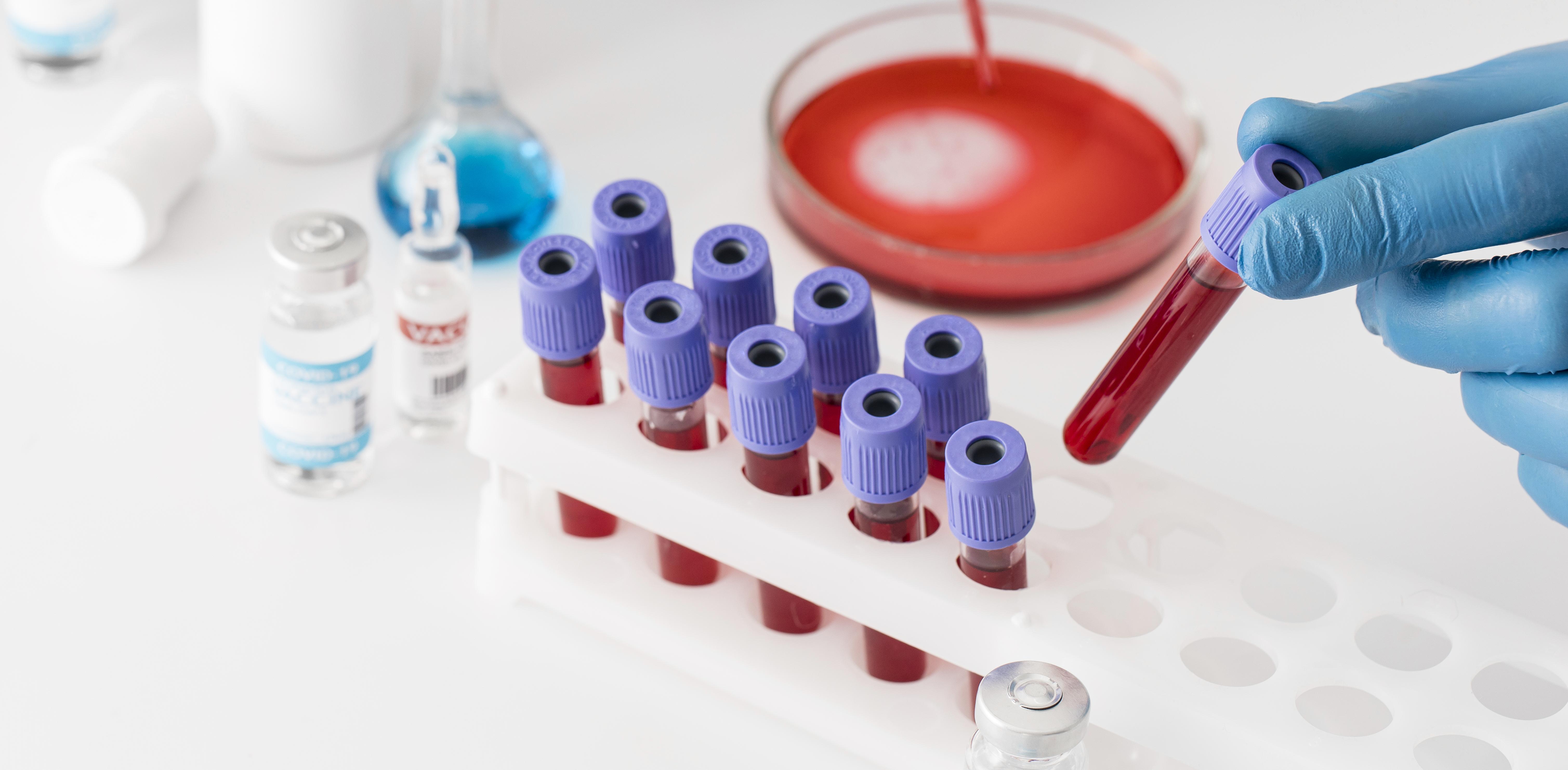[vc_row][vc_column][vc_separator][/vc_column][/vc_row][vc_row content_placement=”middle” section_text_color=”dark” text_align=”justify” is_section=”yes” section_skin=”dark” el_class=”home-intro” conditional_render=”%5B%7B%22value_role%22%3A%22administrator%22%7D%5D”][vc_column width=”3/4″][vc_column_text]
In our group we have a solid and recognized trajectory in the field of cosmetic products analysis, as well as a wide experience in sample preparation techniques
[/vc_column_text][/vc_column][vc_column width=”1/4″ text_align=”left” el_class=”get-started”][vc_btn title=”Meet us” style=”modern” size=”lg” i_type=”typicons” i_icon_typicons=”typcn typcn-group” skin=”primary” add_icon=”true” link=”url:http%3A%2F%2Fwww.gicapc.es%2Fmembers%2F|title:Members” el_class=”m-b-none”][/vc_column][/vc_row][vc_row content_placement=”middle” wrap_container=”yes” remove_padding_top=”yes” remove_padding_bottom=”yes” conditional_render=”%5B%7B%22value_role%22%3A%22administrator%22%7D%5D”][vc_column width=”1/4″][vc_hoverbox image=”2305″ primary_title=”” primary_title_font_container=”font_size:30|color:%23000000″ primary_title_google_fonts=”font_family:Open%20Sans%3A300%2C300italic%2Cregular%2Citalic%2C600%2C600italic%2C700%2C700italic%2C800%2C800italic|font_style:800%20bold%20regular%3A800%3Anormal” primary_title_css_animation=”bounceIn” hover_title=”Research” hover_background_color=”custom” use_custom_fonts_primary_title=”true” hover_custom_background=”#f9f9f9″ css=”.vc_custom_1671706317169{margin-top: 50px !important;margin-bottom: 50px !important;}”]Learn about our main lines of research in which we work in the laboratory
Read more→[/vc_hoverbox][/vc_column][vc_column width=”1/4″][vc_hoverbox image=”2302″ primary_title=”” primary_title_font_container=”font_size:30|color:%23000000″ primary_title_google_fonts=”font_family:Open%20Sans%3A300%2C300italic%2Cregular%2Citalic%2C600%2C600italic%2C700%2C700italic%2C800%2C800italic|font_style:800%20bold%20regular%3A800%3Anormal” primary_title_css_animation=”bounceIn” hover_title=”Companies” hover_background_color=”custom” use_custom_fonts_primary_title=”true” hover_custom_background=”#f9f9f9″]At GICAPC, we are in continuous collaboration with companies from the cosmetic sector
Read more→[/vc_hoverbox][/vc_column][vc_column width=”1/4″][vc_hoverbox image=”2304″ primary_title=”” primary_title_font_container=”font_size:30|color:%23000000″ primary_title_google_fonts=”font_family:Open%20Sans%3A300%2C300italic%2Cregular%2Citalic%2C600%2C600italic%2C700%2C700italic%2C800%2C800italic|font_style:800%20bold%20regular%3A800%3Anormal” primary_title_css_animation=”bounceIn” hover_title=”Publications” hover_background_color=”custom” use_custom_fonts_primary_title=”true” hover_custom_background=”#f9f9f9″]The work we carry out results in numerous scientific publications
Read more→[/vc_hoverbox][/vc_column][vc_column width=”1/4″][vc_hoverbox image=”2303″ primary_title=”” primary_title_font_container=”font_size:30|color:%23000000″ primary_title_google_fonts=”font_family:Open%20Sans%3A300%2C300italic%2Cregular%2Citalic%2C600%2C600italic%2C700%2C700italic%2C800%2C800italic|font_style:800%20bold%20regular%3A800%3Anormal” primary_title_css_animation=”bounceIn” hover_title=”Conferences” hover_background_color=”custom” use_custom_fonts_primary_title=”true” hover_custom_background=”#f9f9f9″]The work we carry out is presented in numerous scientific meetings and conferences
Read more→[/vc_hoverbox][/vc_column][/vc_row]






